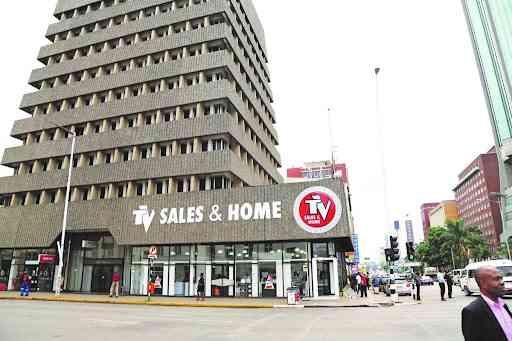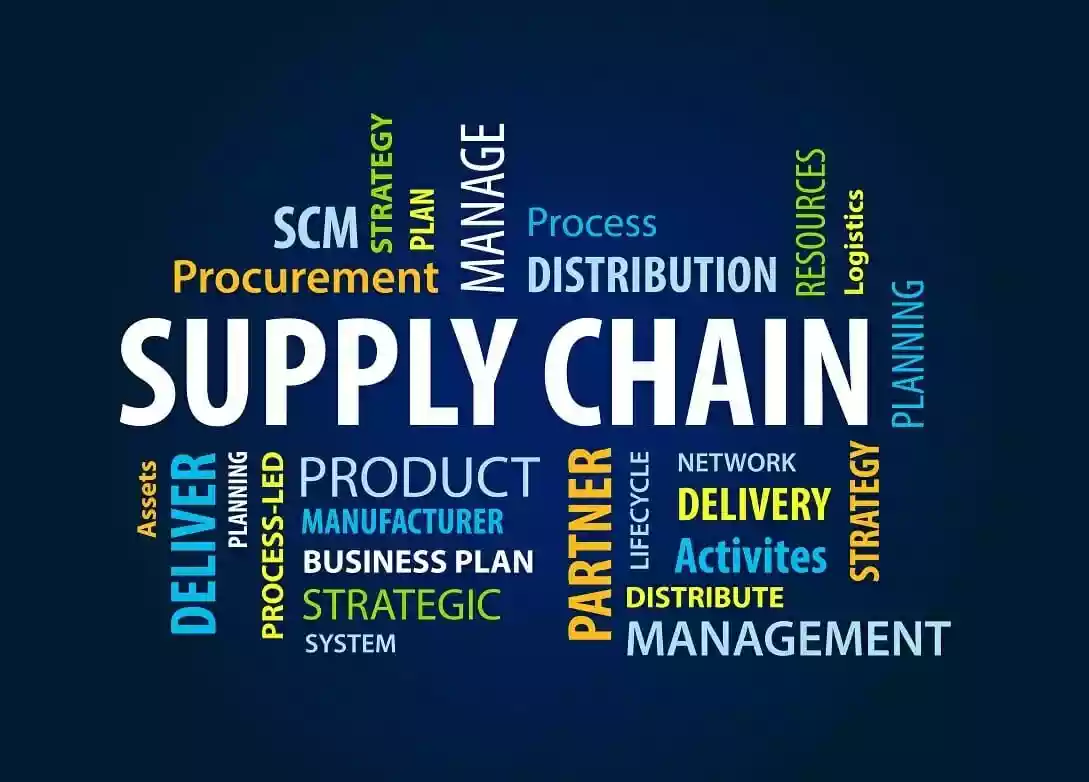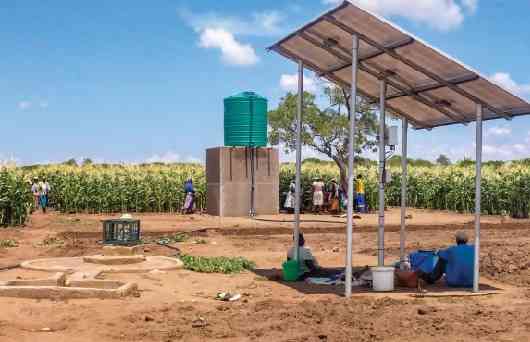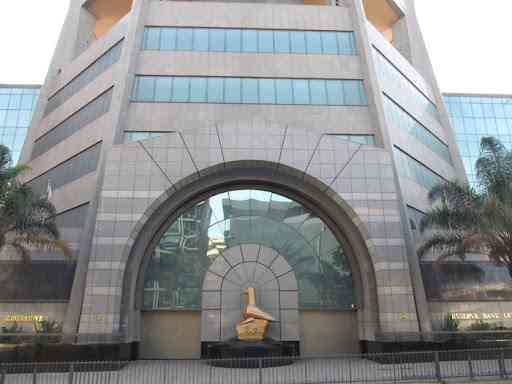
AXIA Corporation Limited delivered a solid set of results for the year ended June 30, 2025, achieving strong profitability despite muted top-line growth.
Revenue rose by just 1% to US$196,47 million, yet operating profit surged 32% to US$25,9 million and profit after tax climbed 40% to US$8,47 million, underscoring the success of its cost rationalisation and operational efficiency drive.
Profitability vs. revenue growth
The divergence between modest revenue growth and strong profit expansion highlights Axia’s disciplined cost control and strategic pricing.
Operating expenditure fell 8%, driven by tighter expense management, logistics optimisation and the absence of one-off restructuring costs. Improved procurement, rationalised store networks and data-driven pricing lifted gross margins 4% to US$64,38 million.
Group finance director Simbarashe Mambanda credited “deliberate cost restructuring across all businesses”, while CEO Ray Rambanapasi pointed to supply chain optimisation and improved store productivity as key. These gains appear sustainable, structural rather than temporary, anchored in lasting operational efficiency.
Regional economic headwinds
Axia’s regional units (DGA) faced varied challenges. In Zimbabwe, currency instability caused a US$2,29 million financial loss due to the Zimbabwe Gold (ZiG) devaluation, but the group mitigated this through swift repricing, reduced ZiG exposure and USD-based borrowings.
- Axia in share buy-back scheme
- Axia spells out VFEX listing plan
- Axia lays out Vic Falls bourse listing plan
- Axia shareholders give nod to VFEX listing
Keep Reading
In Malawi, volumes grew 25%, yet revenue fell 15% amid sharp depreciation. Management maintained profitability by trading only when forex liquidity was secure and supplementing supply through exports.
In Zambia, high borrowing costs and inflation weighed on consumers, leading to a 5% revenue decline and 6% volume drop. However, new agency partnerships and a stabilising kwacha in Q4 support a potential rebound.
Overall, Axia’s ability to tailor market strategies and balance cash preservation with selective growth demonstrates operational agility.
Segment performance, strategy
The group’s portfolio continues to reflect contrasting trends between retail growth and distribution restructuring. TV Sales & Home (TVSH) remained the flagship, recording 8% revenue and 13% volume growth, supported by 34% higher credit sales and new stores in Mvurwi, Norton and Hogerty Hill.
The new Elite Furniture brand targets premium consumers, while a factory outlet will cater to value-conscious buyers, illustrating a balanced dual-market approach.
Restapedic Bedding achieved 18% revenue and 25% volume growth, driven by a wider distribution network and stronger brand visibility. It also obtained a licence to produce the Restonic Bed Range, enhancing brand strength. Restapedic Lounge revenue fell 11% due to reduced production ahead of its Sunway City relocation, expected to deliver long-term efficiency gains.
Transerv delivered an 18% revenue rise and 5% volume growth, supported by higher-value automotive and solar products and eight new outlets. Excluding solar, the auto spares segment grew 14%, underscoring strong fundamentals.
Conversely, Distribution Group Africa (DGA) posted an 11% revenue decline, affected by earlier restructuring and informal market competition.
Yet, continuing operations grew 44% on a like-for-like basis, aided by new agency contracts.
The new Nestlé Zimbabwe distributorship should support recovery in FY26 and strengthen its competitive footing.
Asset focus
Axia’s long-term strategy continues to pivot towards portfolio optimisation and high-return assets.
The group has executed several asset disposals, including the Great Zimbabwe Hotel and the planned sale of Monomotapa Hotel, to redeploy capital into strategic refurbishments at Elephant Hills and The Victoria Falls Hotel.
This approach reflects a shift from asset accumulation to yield enhancement, focusing on fewer but more profitable holdings.
Execution risks remain, particularly around refurbishment cost overruns and timing, but the reallocation of capital towards core, cash-generating assets aligns with the group’s prudent capital philosophy.
Shareholder returns
Axia’s financial discipline was evident in its improved balance sheet. Borrowings decreased by US$4,47 million and shareholders’ equity rose 10% to US$66,92 million, underscoring strong internal capital generation.
Despite a 1% dip in operating cash flows to US$7,82 million, the group maintained its dividend track record, declaring a final dividend of US$0,16 per share, bringing the total to US$0,28 for FY25.
This pay-out reflects management’s confidence in the sustainability of earnings, while maintaining sufficient flexibility for future investments. Directors also authorised US$5,84 million in capital expenditure for FY26, to be financed from internal resources and existing borrowing facilities, a prudent balance between rewarding shareholders and funding expansion.
Future outlook, growth drivers
Looking ahead, Axia’s growth strategy remains centred on footprint expansion, product diversification and competitive pricing. Management’s emphasis on “quality and accessibility” positions the group well amid subdued consumer spending.
The relocation of furniture manufacturing to Sunway City is expected to unlock production efficiencies, while the expansion of digital sales channels will play a crucial role in improving reach and customer convenience.
The company’s strong operational platform, coupled with its adaptive regional strategies and disciplined capital management, leaves it well-positioned for steady earnings growth in FY26. As consumer markets gradually stabilise and new agency partnerships mature, Axia’s focus on sustainable profitability rather than volume-driven expansion may prove to be its most resilient competitive edge.
- Taimo is an investment analyst with a talent for writing about equities and addressing topical issues in local capital markets. He holds a First Class Degree in Finance and Banking from the University of Zimbabwe. He is an active member of the Investment Professionals of Zimbabwe community, pursuing the Chartered Financial Analyst charter designation.











